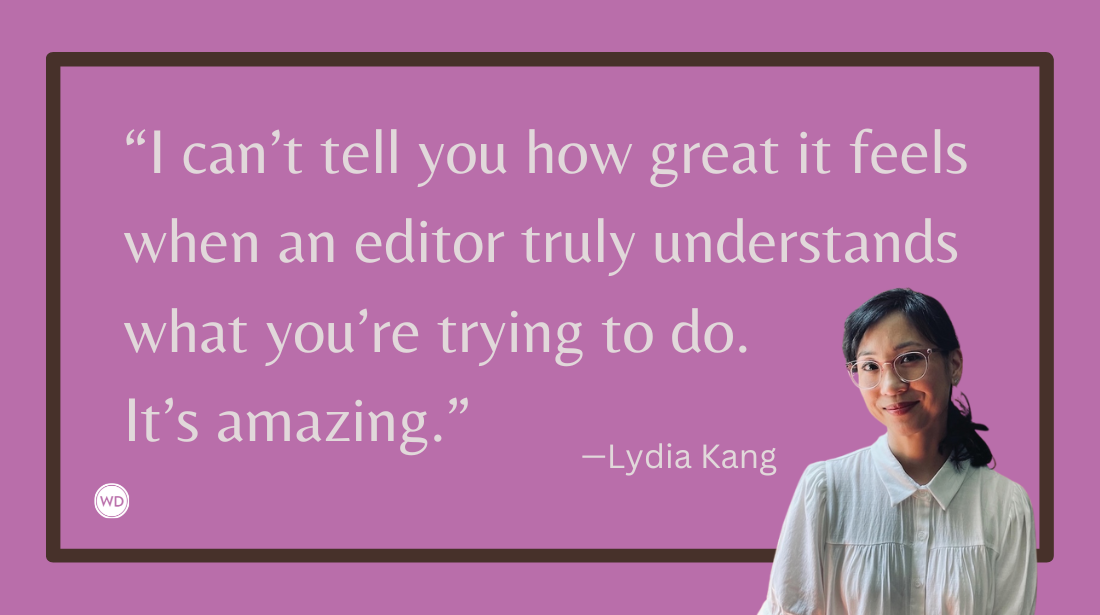5 Essential Tips for Writing Social-Emotional Picture Books for Kids
Bestselling author Susan Verde shares five essential tips for writing social-emotional picture books for kids.
When I began my children’s book writing career, I did not have a particular topic I wanted to focus on or an angle that was critical for mental health and social-emotional intelligence of kids. I was familiar with some of the terminology and the importance of helping kids “manage” their feelings or learn to “self-regulate” from my years as an elementary school teacher and a mindfulness instructor for kids. But my writing began as something else. Or so I thought.
Before being published, I was writing poetry—little lyrical slices of life from a kid’s perspective. I thought I was using my own children and the ones I had taught as inspiration. The poems were about trips to the grocery store, listening to night noises outside a window, museum visits, or hanging out on a stoop watching the world. Each poem was a snapshot of an ordinary moment that somehow felt extraordinary because of the way it stirred a child’s inner world.
As my collection grew and I began to pay closer attention to how I was feeling inside, I realized something surprising. The “kid” who was inspiring me was me. These vignettes were actually expressions of how I felt in those different situations—the curiosity, the worry, the wonder, the joy. They were reminders of the emotions I carried from my own childhood and how I struggled with processing, describing, or even recognizing those feelings in the moment. I was writing what I had wanted to share, what I needed help with, and what I wish I had been told. That realization became a doorway. I wasn’t just writing about kids having experiences; I was writing about the feelings that live inside those experiences. Without even planning it, I was writing social-emotional books for children.
Looking back, it makes perfect sense. Children’s literature has always been about more than just plot or characters—it’s about connection. When a child sees their own big feelings reflected in a story, they feel understood, and that understanding becomes a tool for growth. As I leaned into this, I discovered how deeply children need books that give language to their emotions, offer strategies for handling them, and reassure them that they are not alone.
If you are drawn to this kind of work—writing stories that speak to children’s hearts as well as their imaginations—here are five tips that I’ve found helpful for writing social-emotional picture books.
1. Start With a Feeling
Every story begins with an emotional seed. Instead of focusing so much on story plot or arc, try asking, what is the feeling or internal experience I want to share? Maybe tap into your own inner child and think about something you have felt too.
Feelings are universal. Kids experience emotions like worry, excitement, fear, sadness, every day. Choose one and build your story around it. Give that feeling a concrete presence. Build the arc around it. For example, perhaps fear is the feeling you want to talk about, and the arc is how a child is not alone in this feeling and can help themselves when fearful and as a result consider, what does courage mean?
2. Show, Don’t Lecture
Children learn best through stories, not lectures. Rather than writing lines that tell them how they should feel, let your character model it. A child who is upset about losing a game doesn’t need an adult voice swooping in to fix the “problem” (as adults are wont to do).
Instead, the child can move through the feeling himself through the story. It is best when kids come to the realizations themselves or with other kids. It’s their own voice they need to hear and their own acceptance of an emotion without judgment and how to get through it. The story itself becomes the teaching tool.
3. Keep Language Simple, but Resonant
The words in a picture book need to be both accessible and poetic. Children respond to rhythm, repetition, and imagery. The challenge of picture books is the limited text meant to show and not tell. Kids are savvy and can relate to big concepts if they are supported with relatable story and images.
When choosing your words don’t try to focus on “dumbing them down” instead use that more sophisticated word such as “empathy” or “compassion” and let the story define it with simpler text. Using these terms and books as conversation starters or tools for tackling topics is a wonderful way for kids to learn new concepts and vocabulary.
4. Offer Gentle Strategies Within the Story
One of the most valuable things a social-emotional book can do is model coping strategies. These don’t need to be heavy-handed—often they’re subtle and woven into the character’s journey. A character might pause to take three deep breaths, count slowly to five, or whisper an encouraging phrase like, “I can try again.”
In my most recent picture book, Body Beautiful, characters use positive affirmations as a strategic tool to speak directly to the reader about the power of their own body. These little moments not only move the story forward but also give young readers tools they can use in their own lives.
5. End With Hope and Connection
Children’s stories need resolution, and in social-emotional books, that often means reassurance. Show that feelings change, that hard moments pass, and that there are always ways to find support. Endings don’t always need to tie everything up neatly, but they should leave the reader with a sense that they are not alone in what they feel, and they have options and tools to help.
As humans of all ages, we continue to have feelings that challenge us. We are on a continuous journey to be kinder to ourselves as we navigate these feelings. If you approach your writing in a way that is honest and can reflect the validity of these emotions and offer understanding, empathy, and tools through story then you are creating books to help kids with their social emotional intelligence and given them a great foundation to learn to have compassion for themselves and each other.
Check out Susan Verde's Body Beautiful here:
(WD uses affiliate links)









